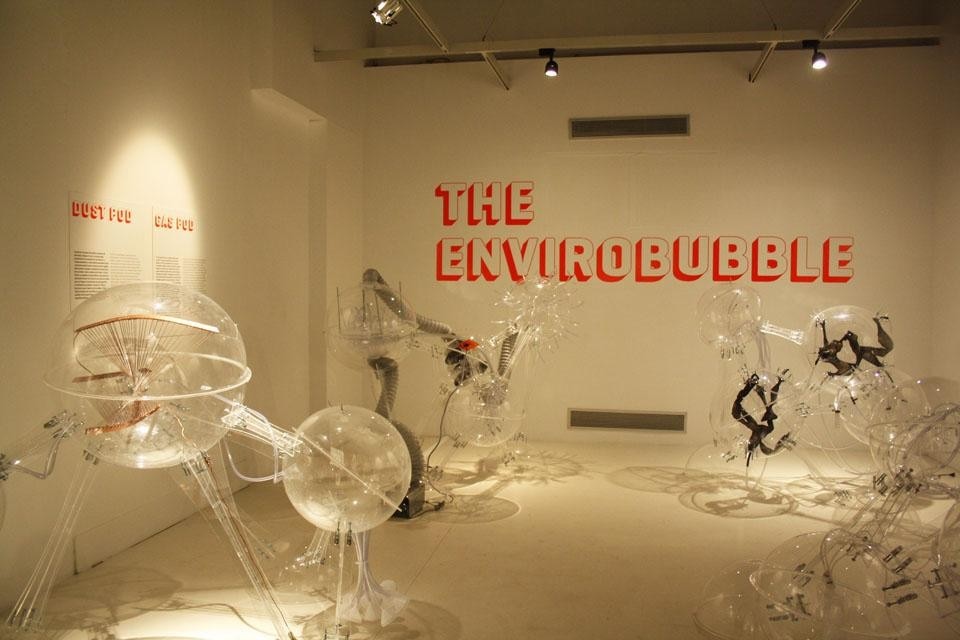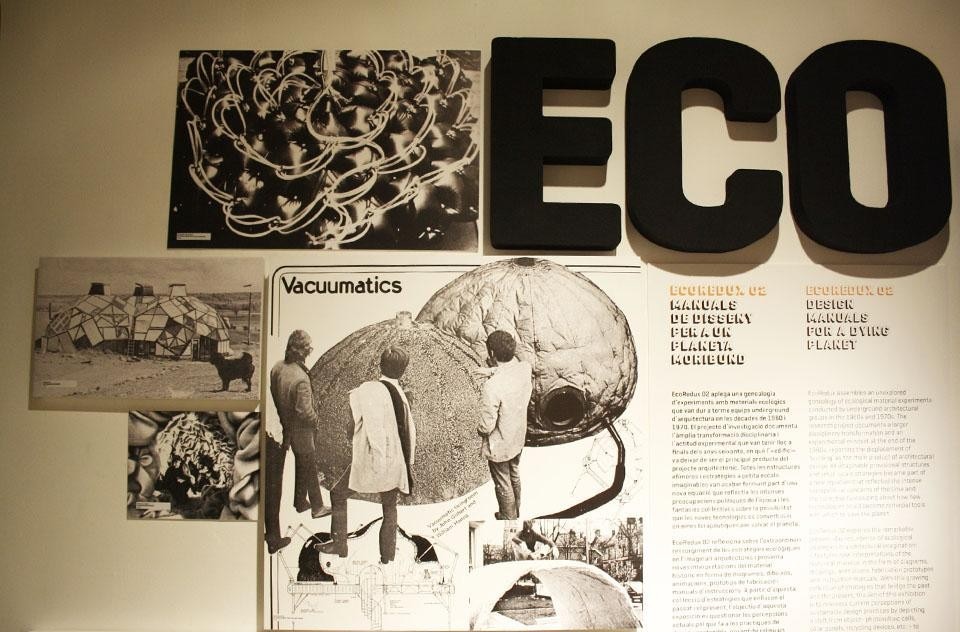Ethel Baraona: We have seen here in the past few months the Clip/Stamp/Fold exhibition, Environments and Counter Environments. "Italy: The New Domestic Landscape", MoMA 1972 and now, EcoRedux 02. Can we talk about a new trend on "media archeology" or can you tell me more about the real importance of these movements of the 1960s and 1970s in the current times?
Lydia Kallipoliti: Yes, definitively we can talk about media archeology when we mention all these exhibitions. The curators of these exhibitions share the idea that the movements of the postwar period are highly resonant to the contemporary discourse and an important tool to understand what is happening now in the architectural world. There are also connections between these curators on a personal level. At Princeton University, Mark Wasiuta and I were students of Beatriz Colomina, who was influential in developing the history of media as a relevant practice to the present. Also, we share an interest on ecology, counterculture and the history of the avant-garde, fields which were a driving force to all of these projects.
Anna Pla Català: It's a fact that socio-political issues of mid-20th century post-war period are similar to our current concerns. And these similarities open up the possibility to take a look back and revisit these projects and think about what we can learn from them in order to apply them to present design proposals, or at least, distill relevant issues. Especially considering the current global economic situation and energy discussion.
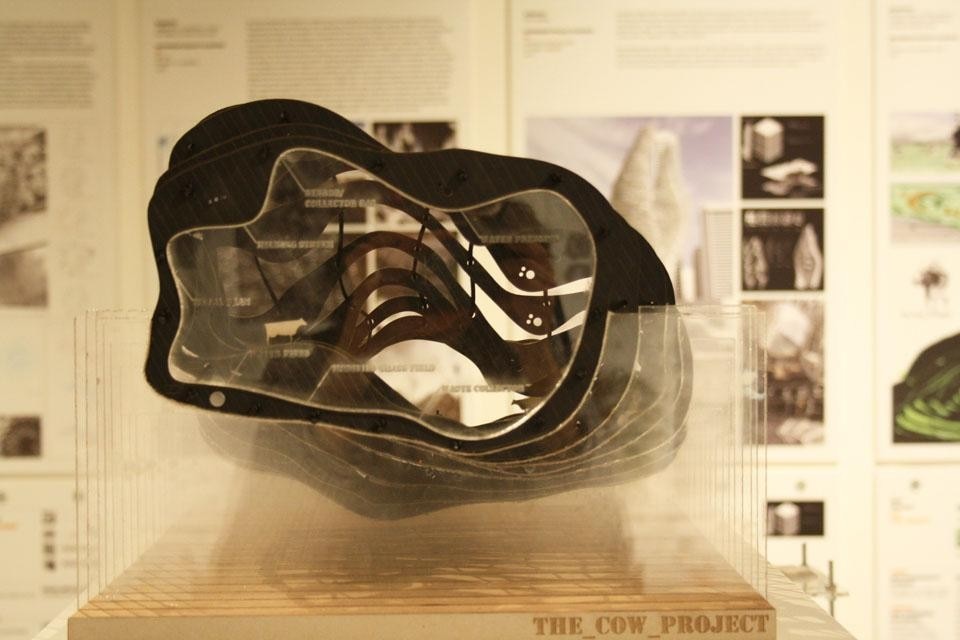
LK: Maybe we can put it that way. Every crisis is an opportunity for reinvention; it is at these junctures historically, when architects start rethinking role. Redux in English means "return" and EcoRedux refers to the return of ecological awareness from the 60s and 70s, which was a very intense socio-political period. Following World War II, several radical visions emerged in architectural debates. The similarity of these visions to today's proposals is almost uncanny. So, maybe we can speak of a kind of resurgence or redux, as the same kind of movements are starting to reappear like a déjà-vu.
Can you tell me how did you start the project?
LK: The project started as part of my PhD research and the objective was to create a new resource on the history and practice of ecological design. Basically, it is an archive that assembles one hundred projects, as a database of ecological materials and experiments of the 1960s and 1970s.
Contemporary designers can use this historical database as a tool. They can use pieces of the archive; they can re-use and recycle information and ideas in order to produce new design projects.
Anna, I was visiting some moths ago the exhibition Architectures without Place (1968–2008) and I was fascinated to discover so many Catalan projects of those years. Do you think there were a relationship between the EcoRedux projects and these ones?
APC:During those years there was a cultural, all-embracing movement, sharing not only ideas but also ideals.
But we must consider specially the fact that here in Catalunya, during some of those years we were under Franco's dictatorship, and under a dictatorship, architects were not able to freely communicate with the rest of the world.
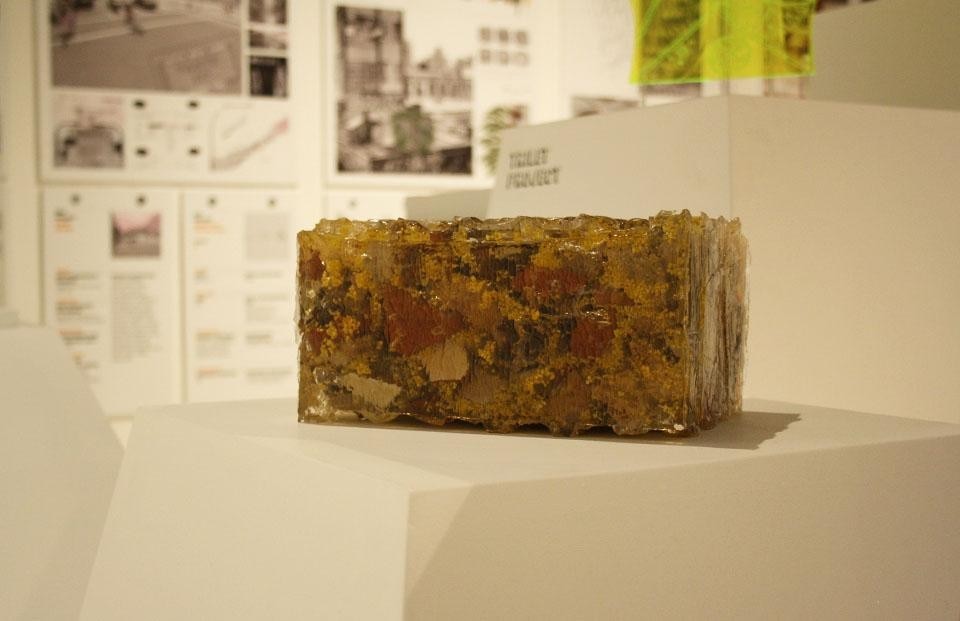
LK: Definitively. While working on the research, I found myself in several anecdotal situations related with the hippie topic. There were people that I wanted to interview that still now, live in a similar fashion. In several occasions, I traveled to "to the middle of nowhere", using all the transportation systems that you can imagine, including lots of hiking in mountains and other natural environments. Collecting the interviews for EcoRedux was like a pilgrimage. Many of the architects I interviewed had sincere concerns about the environment and felt the need to continue living in that way, according to their beliefs away from cities.
Reading Felicity Scott's text "Acid Visions" for Grey Room magazine, we found out that there has been mentioned also the relationship between drugs experimentation, like LSD and the architectural and design research of those years. How do you perceive it?
APC: Architects and designers used drugs as a kind of tool, as they felt it made them more creative and enhanced their sensitivity, but I don't believe this is the crucial issue as it was more part of the spirit of the times, a part of the culture of the moment.
LK: I agree with Anna. Some architects I interviewed openly mentioned the usage of drugs, but this was a kind of creative pill or tool for them. Certainly, it was common at that time in underground circles to use drugs, though drugs were also mediators between different levels of consciousness, vision and congition. It may seem scandalous now, but in those years it was really common.
Currently, through the use of generative digital tools, we can go deeper in the study of structural and performative morphologies and biological systems and understand that we’re not going against nature but learning from nature.
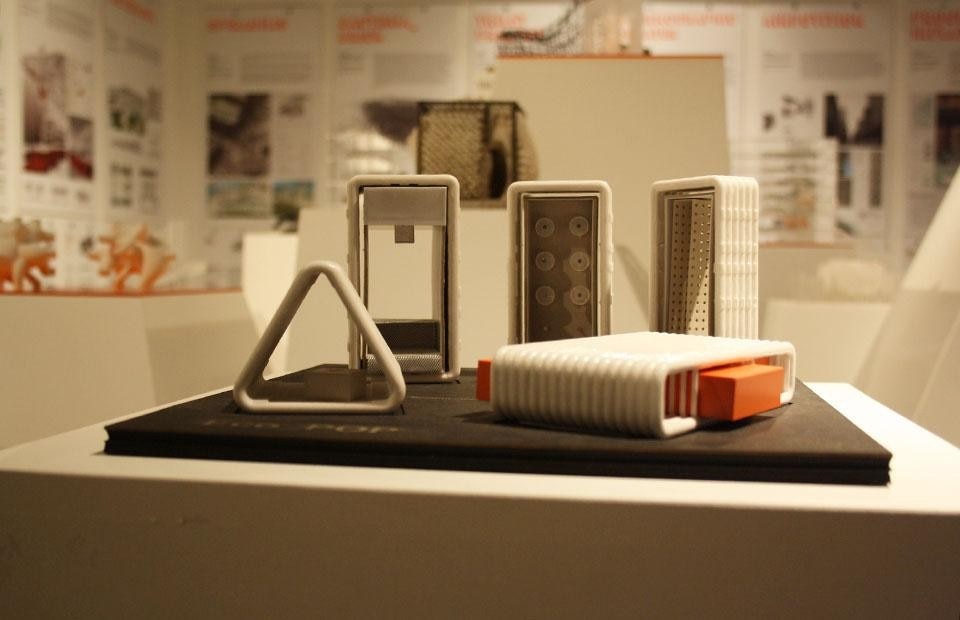
APC: Currently, through the use of generative digital tools, we can go deeper in the study of structural and performative morphologies and biological systems and understand that we're not going against nature but learning from nature.
This approach makes me think on the fuzzy limits between technological research, generative architecture and technofetishism. What do you think?
LK: The Moon landing and all the rapid advancements in scientific research during the 1960s and 1970s deeply influenced architectural discourse in this period. It was at that time that Reyner Banham wrote the Architecture of the Well-Tempered Environment speaking of the integration of mechanical assemblies in buildings among many others of his writings. However as we see in seminar other media of cultural production, like in the films Barbarella and Space Odyssey, the discussion was not limited to technofetishism, but a new interest in the use of cybernetics as part of architectural agendas and the reinvention of lifestyles and social conventions through the technologies.
APC: It's true that with current computational tools, sometimes architects focus more on formal strategies rather than performative ones. And when they focus on performance, it is usually for optimization goals. But the claim we are making here is that ecology is not sustainability, nor does it have a specific form. On the contrary, ecology is linked with cybernetics and system theory. And it is through the use of computational tools that we are able to develop architectural models that are capable to strategically relate to its environment.
Even if the limit of generative architecture and technofetishism is diffuse, now we have tools that allow us to analyze and understand how the environment reacts to the use of some materials and forms, and this is really important to create new architecture.
And finishing. Can you tell me how we recycle ideas?
LK: Ideas undergo long journeys and within these journeys, they are reproduced, translated and interpreted according to current concerns. Recycling ideas makes possible the transformation of existing material and ideological structures and endows architecture with its creative potential.
